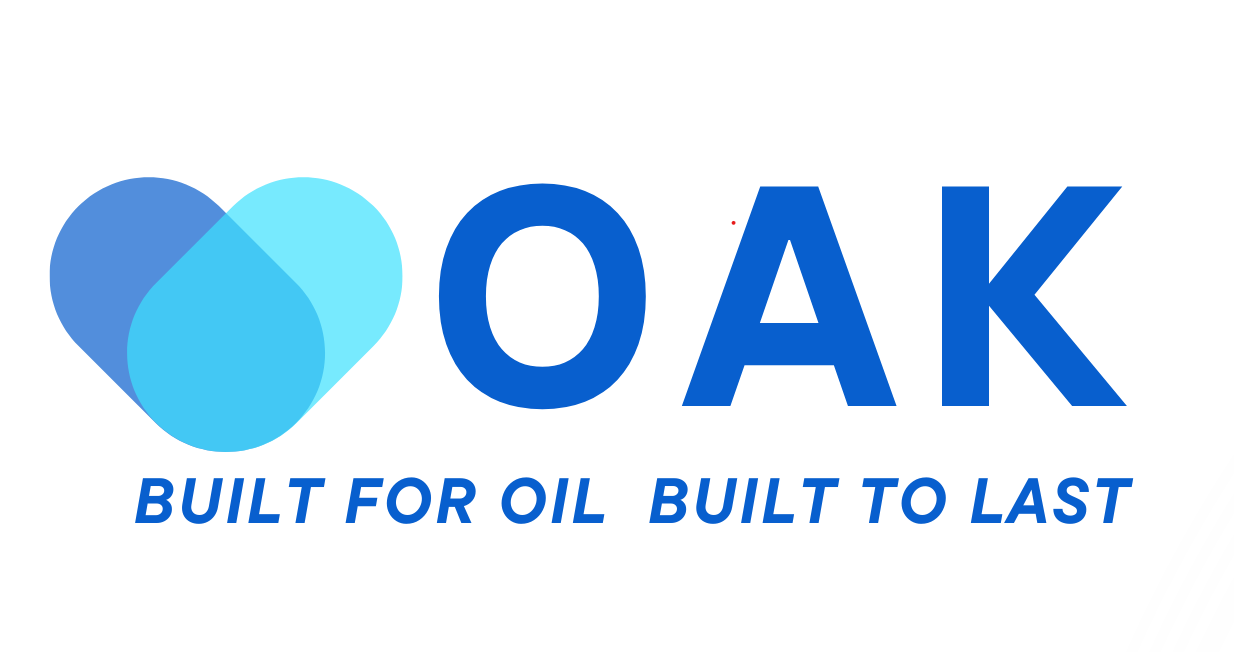What is OCTG? How to Choose High-quality OCTG?
- Categories: News Center
- Time of issue: 2025-04-22
- Views: 1
What is OCTG?
What is OCTG? How to Choose High-quality OCTG?
What is OCTG?
OCTG (Oil Country Tubular Goods) refers to steel pipes used in the oil and gas industry for drilling,
casing, and tubing applications. These pipes are critical for extracting hydrocarbons from wells and
ensuring structural integrity under high pressure, corrosive environments, and extreme temperatures.
Types of OCTG:
Drill Pipe – Used to drill wells and transmit drilling fluid.
Casing Pipe – Lines the wellbore to prevent collapse and contamination.
Tubing Pipe – Transports oil/gas from the reservoir to the surface.
How to Choose High-Quality OCTG?
Selecting the right OCTG ensures safety, durability, and cost-efficiency. Consider the following factors:
1. Material & Grade
Common materials: Carbon steel, alloy steel, stainless steel.
API grades (e.g., API 5CT) like J55, K55, N80, L80, P110, Q125 indicate strength and corrosion resistance.
High-sour service (H2S environments) requires sour-resistant grades (e.g., L80, C90, T95).
2. Manufacturing Standards
API 5CT (Casing & Tubing)
API 5DP (Drill Pipe)
API 5L (Line Pipe, sometimes used in OCTG)
Additional certifications (ISO, NACE MR0175 for sour service).
3. Dimensional Accuracy
Check OD (Outside Diameter), ID (Inside Diameter), and wall thickness compliance.
Thread type (e.g., API Round Thread, Buttress, Premium Connections).
4. Mechanical Properties
Yield Strength, Tensile Strength, Hardness (must meet well conditions).
Impact toughness (for low-temperature operations).
5. Corrosion Resistance
CO₂/H₂S resistance (requires special coatings or CRAs - Corrosion-Resistant Alloys).
Galvanic & erosion resistance in offshore/acidic wells.
6. Supplier Reputation & Testing
Choose manufacturers with mill test reports (MTRs), ultrasonic testing (UT), hydrostatic tests, and third-party inspections.
Reliable suppliers (e.g., Tenaris, Vallourec, TPCO, U.S. Steel, JFE).
7. Cost vs. Performance Balance
Higher grades (P110, Q125) are costlier but necessary for deep/high-pressure wells.
Cheaper options (J55, K55) work for shallow wells with mild conditions.
Conclusion
High-quality OCTG must meet API standards, material requirements, dimensional precision, and corrosion resistance based on well conditions. Always verify supplier credentials and test reports before purchasing.
Would you like recommendations for specific well conditions (e.g., deepwater, sour gas, high-pressure)?
What is OCTG?
OCTG (Oil Country Tubular Goods) refers to steel pipes used in the oil and gas industry for drilling,
casing, and tubing applications. These pipes are critical for extracting hydrocarbons from wells and
ensuring structural integrity under high pressure, corrosive environments, and extreme temperatures.
Types of OCTG:
Drill Pipe – Used to drill wells and transmit drilling fluid.
Casing Pipe – Lines the wellbore to prevent collapse and contamination.
Tubing Pipe – Transports oil/gas from the reservoir to the surface.
How to Choose High-Quality OCTG?
Selecting the right OCTG ensures safety, durability, and cost-efficiency. Consider the following factors:
1. Material & Grade
Common materials: Carbon steel, alloy steel, stainless steel.
API grades (e.g., API 5CT) like J55, K55, N80, L80, P110, Q125 indicate strength and corrosion resistance.
High-sour service (H2S environments) requires sour-resistant grades (e.g., L80, C90, T95).
2. Manufacturing Standards
API 5CT (Casing & Tubing)
API 5DP (Drill Pipe)
API 5L (Line Pipe, sometimes used in OCTG)
Additional certifications (ISO, NACE MR0175 for sour service).
3. Dimensional Accuracy
Check OD (Outside Diameter), ID (Inside Diameter), and wall thickness compliance.
Thread type (e.g., API Round Thread, Buttress, Premium Connections).
4. Mechanical Properties
Yield Strength, Tensile Strength, Hardness (must meet well conditions).
Impact toughness (for low-temperature operations).
5. Corrosion Resistance
CO₂/H₂S resistance (requires special coatings or CRAs - Corrosion-Resistant Alloys).
Galvanic & erosion resistance in offshore/acidic wells.
6. Supplier Reputation & Testing
Choose manufacturers with mill test reports (MTRs), ultrasonic testing (UT), hydrostatic tests, and third-party inspections.
Reliable suppliers (e.g., Tenaris, Vallourec, TPCO, U.S. Steel, JFE).
7. Cost vs. Performance Balance
Higher grades (P110, Q125) are costlier but necessary for deep/high-pressure wells.
Cheaper options (J55, K55) work for shallow wells with mild conditions.
Conclusion
High-quality OCTG must meet API standards, material requirements, dimensional precision, and corrosion resistance based on well conditions. Always verify supplier credentials and test reports before purchasing.
Would you like recommendations for specific well conditions (e.g., deepwater, sour gas, high-pressure)?







